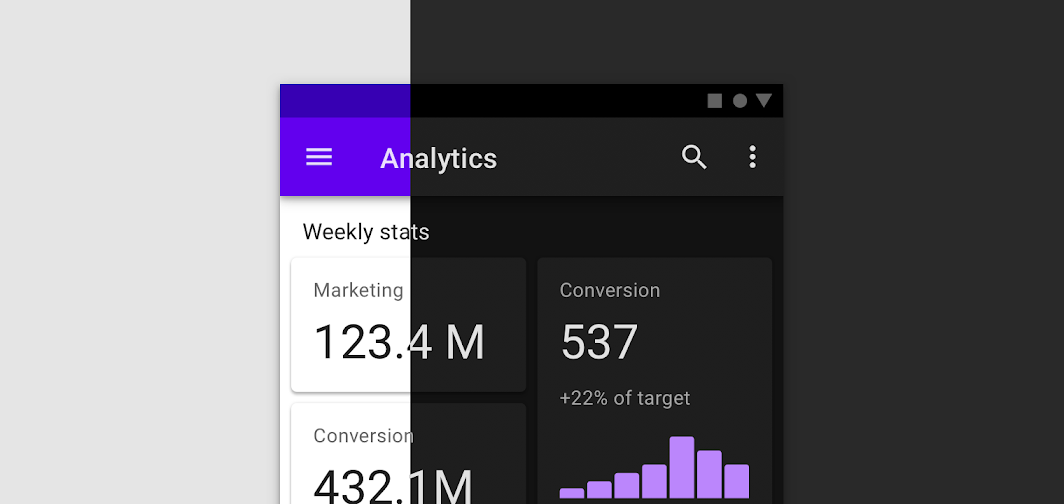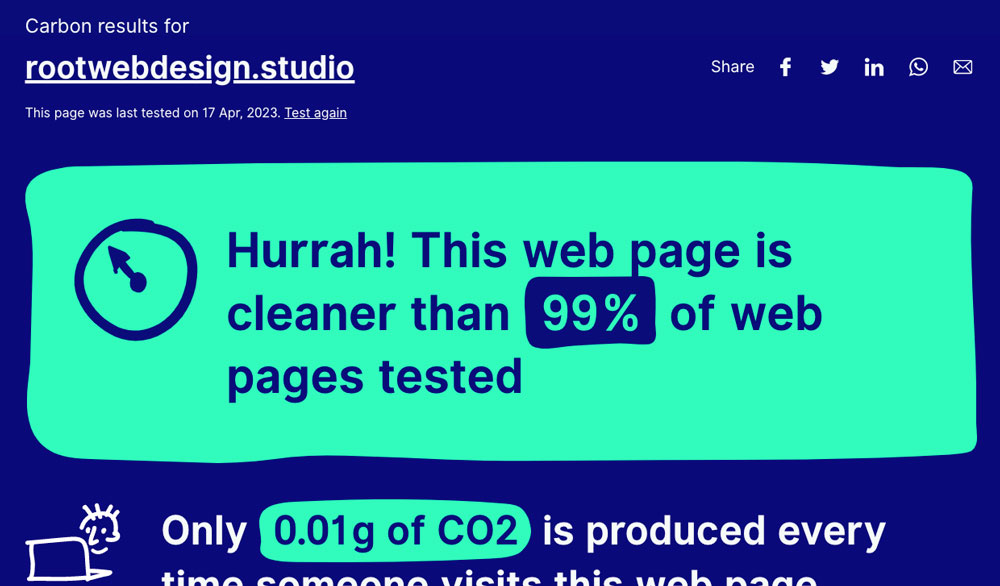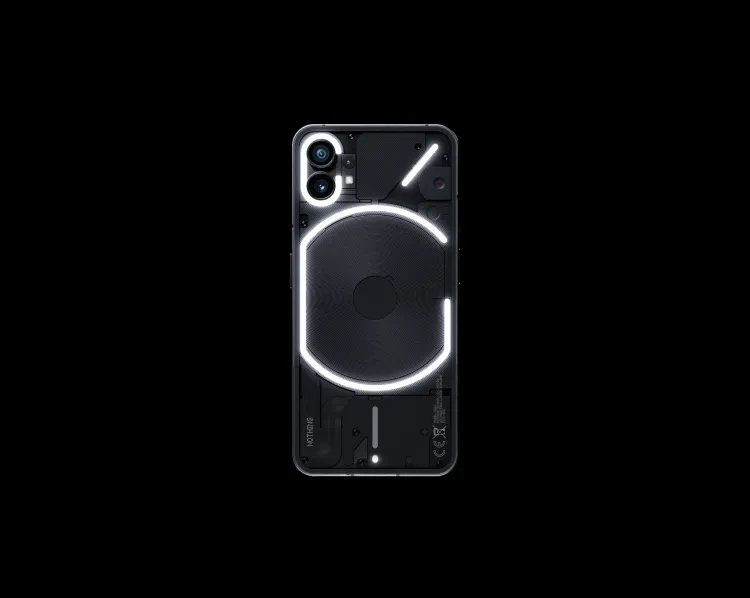The climate cost of ux design choices

In today's AI age, the environmental impact of technology is often overlooked. While innovation drives convenience, it's crucial to recognize the climate cost of our digital habits, especially the impact we have as designers in our UX choices. But did you know that the internet's carbon footprint rivals that of the aviation industry? Every design choice (from color schemes to animations) affects energy consumption and carbon emissions. As AI becomes increasingly integrated into our digital experiences, understanding its role in sustainable design is more important than ever.
The carbon footprint of digital products
The internet, often seen as a virtual entity, has a tangible environmental impact. Data centers powering our favorite websites and apps consume vast amounts of energy. According to The Shift Project, the global data center industry contributes about 2% of the world's greenhouse gas emissions, this is comparable to the aviation industry.
A McKinsey report emphasizes the technology sector's role in achieving a zero-carbon future. By optimizing digital infrastructure and adopting sustainable practices, we can significantly reduce our carbon footprint.
UX design plays a pivotal role in this energy consumption. The choices designers make can either exacerbate or mitigate the climate impact of digital products. Here's how:
1. Efficient Design for lower energy consumption
Simplify and Optimize:
- Minimalist Design: Embracing minimalism reduces data processing and transmission, leading to faster load times and lower energy consumption. According to HTTP Archive, the average webpage size has been increasing, leading to higher energy use.
- Optimized Images and Media: Compressing images and using efficient media formats can significantly reduce data load. Tools like TinyPNG compress images without sacrificing quality.
A website with optimized images and minimalistic design loads faster, reducing energy consumption by data centers and user devices, here’s an example from Type Tools

2. Sustainable Color Choices
Dark Mode and Energy Efficiency:
- Dark Mode: On OLED screens, dark mode saves energy by turning off black pixels. A study by PhoneBuff showed dark mode can extend battery life by up to 30% on OLED displays.
- Color Contrast: Lower-contrast designs are more energy-efficient, as high-contrast colors require more energy to display.
Implementing dark mode in apps and websites can lead to significant energy savings, especially on OLED devices. See Material Design’s solution:

3. Reducing Data Transmission
Lazy Loading and Caching:
- Lazy Loading: This technique delays loading non-critical resources until needed, reducing initial data transmission. Google's Lighthouse tool recommends lazy loading to improve performance and reduce energy use.
- Caching: Storing static content locally on users' devices reduces repeated data transmission, saving energy.
A news website using lazy loading for images and caching for static content can significantly reduce its data footprint.

4. Eco-Friendly Hosting
Green Web Hosting:
- Renewable Energy: Choosing web hosts using renewable energy sources can significantly reduce the carbon footprint of digital products. Companies like GreenGeeks offer hosting powered by renewable energy, and also Ghost (which hosts this publication).
- Energy-Efficient Hardware: Opting for hosts with energy-efficient hardware and cooling systems further mitigates environmental impact.
Hosting a website on a server powered by renewable energy can offset carbon emissions associated with data storage and transmission.

5. User Behavior and Design
Encouraging Sustainable Habits:
- Eco-Feedback: Providing users with feedback on their energy consumption encourages more sustainable digital habits. Tools like Website Carbon Calculator help users understand the carbon footprint of their online activities.
- Efficient Workflows: Designing workflows that minimize unnecessary interactions can reduce energy use.
An email client providing insights into the carbon footprint of sent emails can encourage users to be more mindful of their digital communications.

6. Long-Term Thinking
Designing for Longevity:
- Timeless Design: Creating designs that remain relevant over time reduces the need for frequent redesigns, conserving resources.
- Modular Updates: Designing products that can be updated modularly rather than requiring complete overhauls can save energy.
A software application with a timeless interface and modular updates can remain in use longer, reducing the energy required for development and deployment.
Designing with AI for sustainability
AI can play a crucial role in creating sustainable digital products:
- AI-Driven Optimization: AI algorithms can optimize website performance by analyzing user behavior and adjusting content delivery in real-time, reducing energy consumption.
- Predictive Analytics: AI can predict user needs and preload content efficiently, minimizing unnecessary data transmission.
- Energy-Efficient Models: Developing energy-efficient AI models that require less computational power can significantly reduce the carbon footprint of AI-driven applications.
According to a report by PwC, AI could help reduce global greenhouse gas emissions by up to 4% in 2030 by optimizing energy consumption and improving operational efficiency.
Insights from some awesome designers
Recent and diverse designers are leading the way in sustainable and thoughtful design practices:
Tom Greenwood: Well known for Sustainable Web Design he’s the founder of Wholegrain Digital, Greenwood is a pioneer in low-carbon web design. His book, Sustainable Web Design, offers practical strategies to reduce the carbon footprint of digital products. Check out The Website Carbon Calculator, a tool that estimates the carbon emissions of websites.
Mike Monteiro: Mike, co-founder of Mule Design, is a strong advocate for ethical design practices, including sustainability. His book, Ruined by Design, addresses the responsibility of designers to create environmentally friendly and ethical digital products.
Victor Hwang: Well known for designing websites with minimal energy usage, focusing on green hosting and data efficiency. He is an advocate of the Low-Tech Web movement. Read more from his perspective here.
Conclusion
The climate cost of UX design choices needs to be a critical consideration in the pursuit of sustainability. By making conscious decisions about design efficiency, color choices, data transmission, hosting, user behavior, and long-term relevance, UX designers can significantly reduce the environmental impact of digital products. As AI becomes more integrated into our digital experiences, leveraging its capabilities for sustainable design is essential. Together, we can ensure our digital future is both technologically advanced and environmentally responsible.





